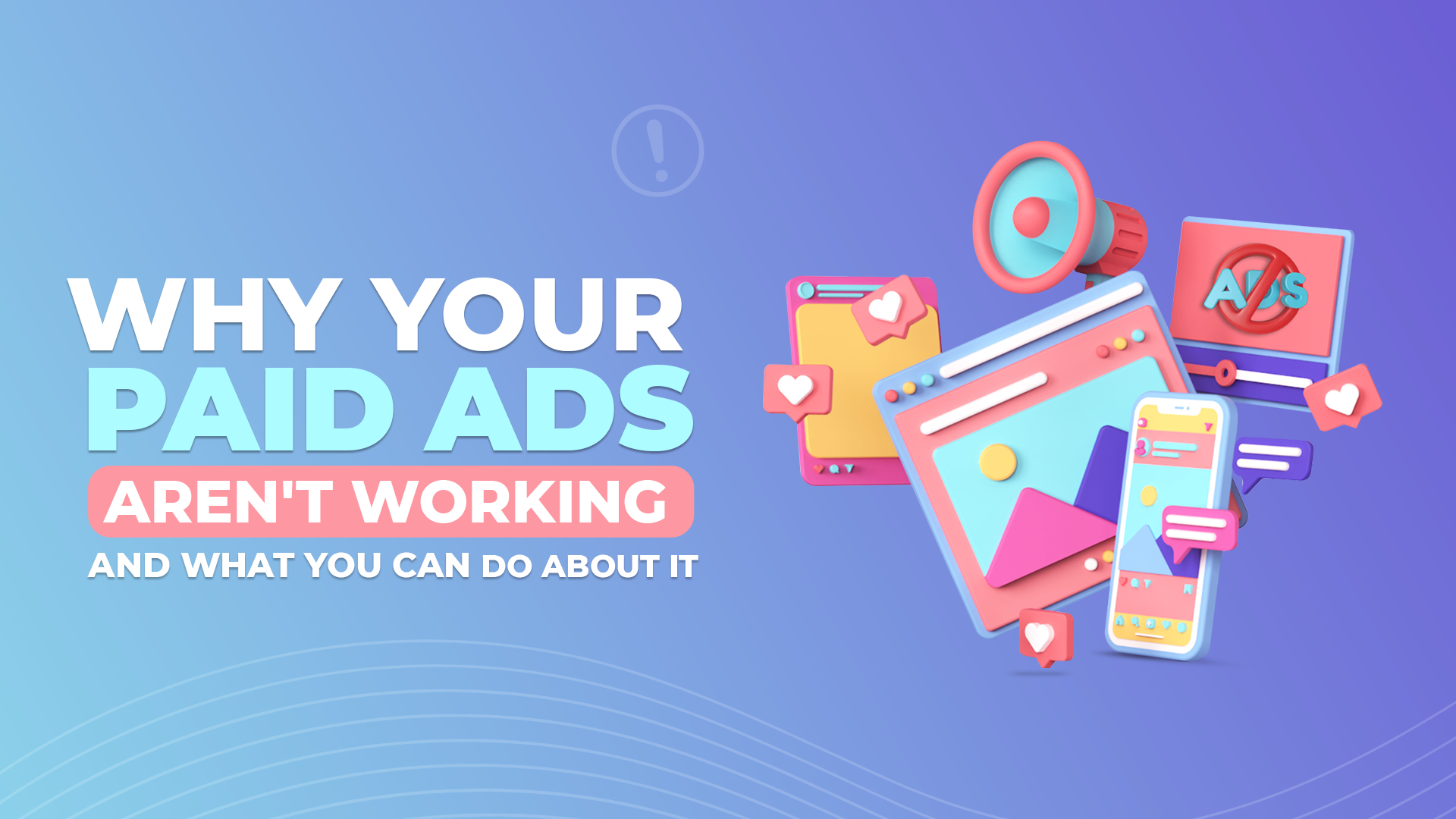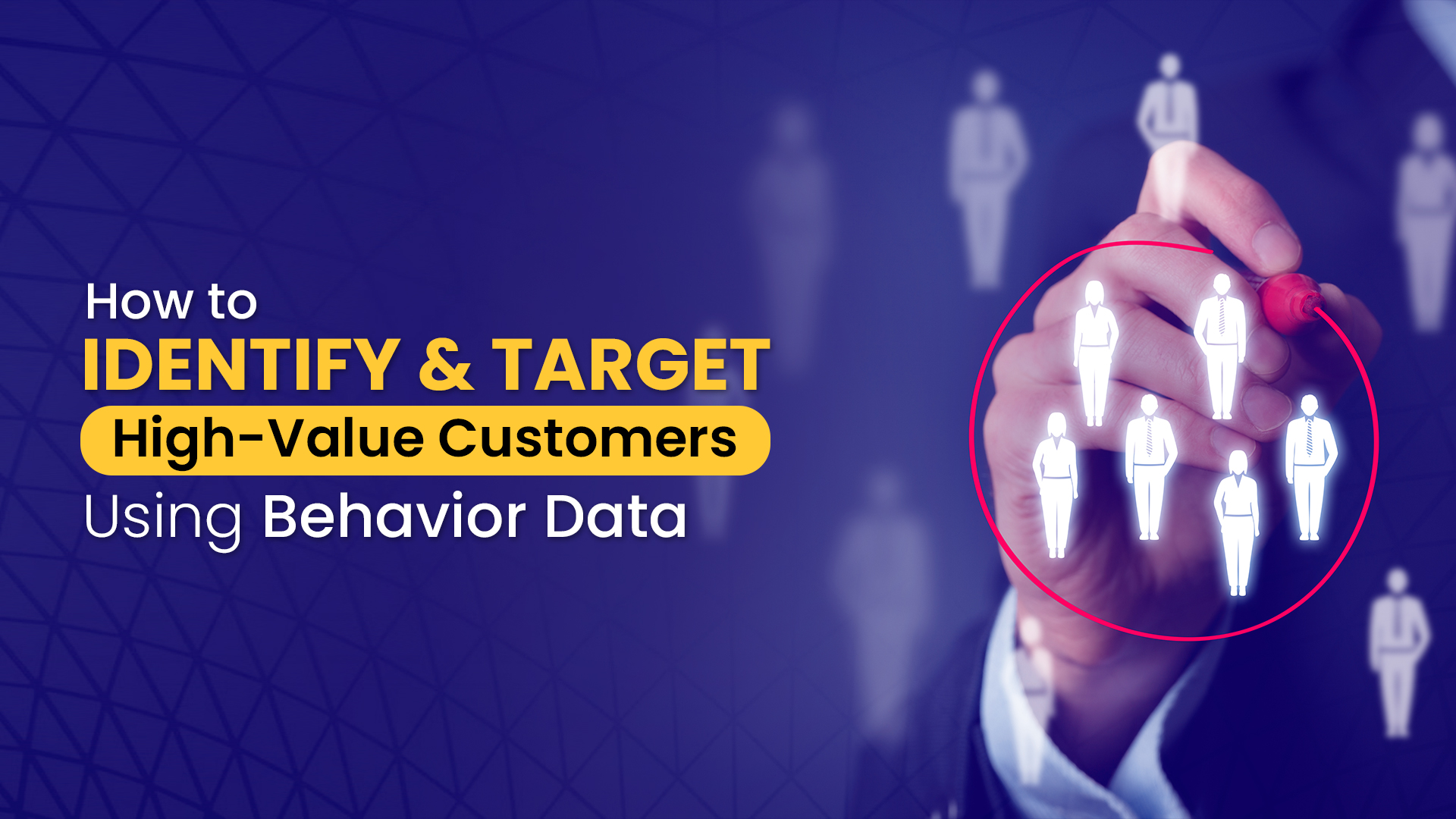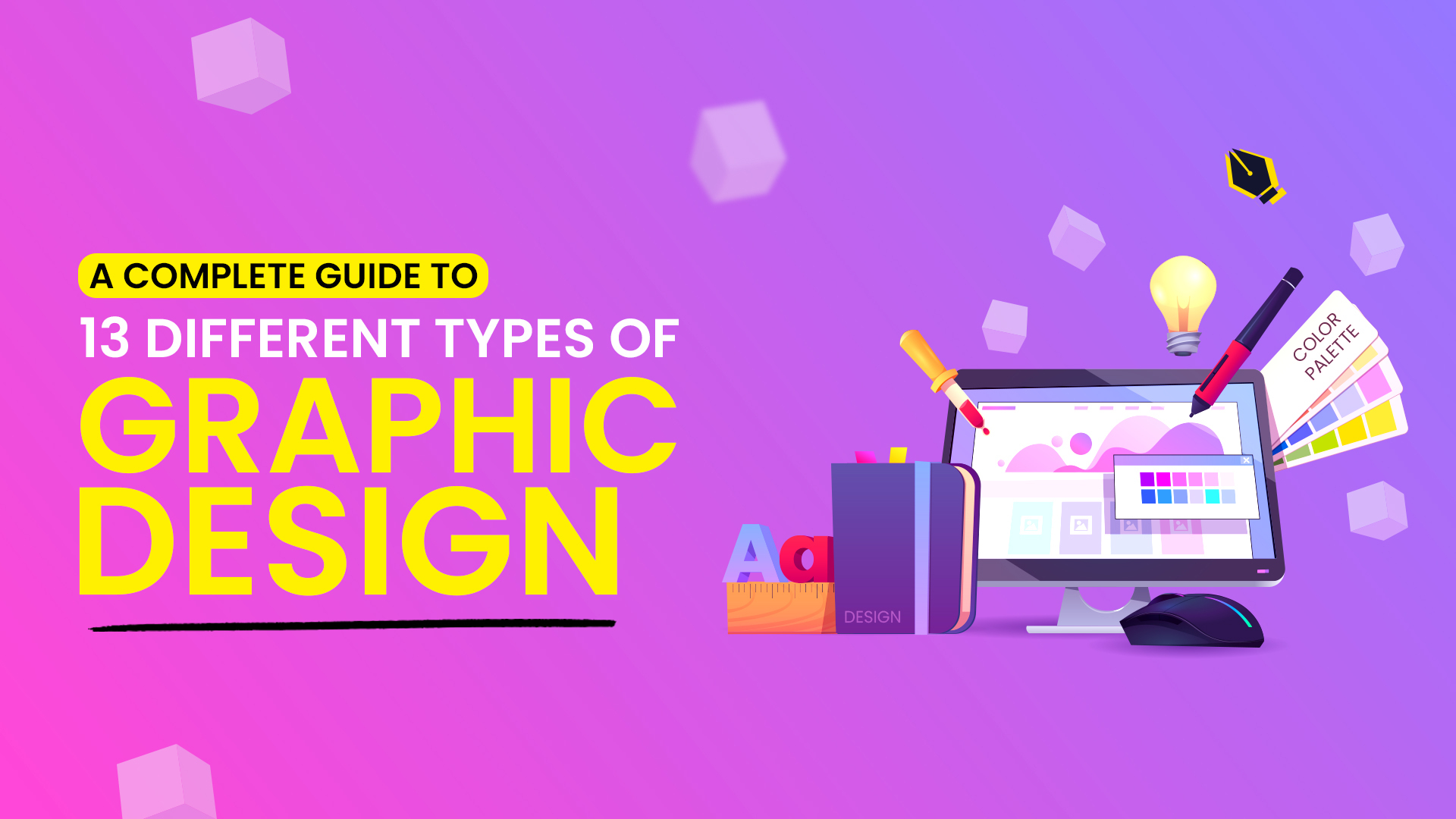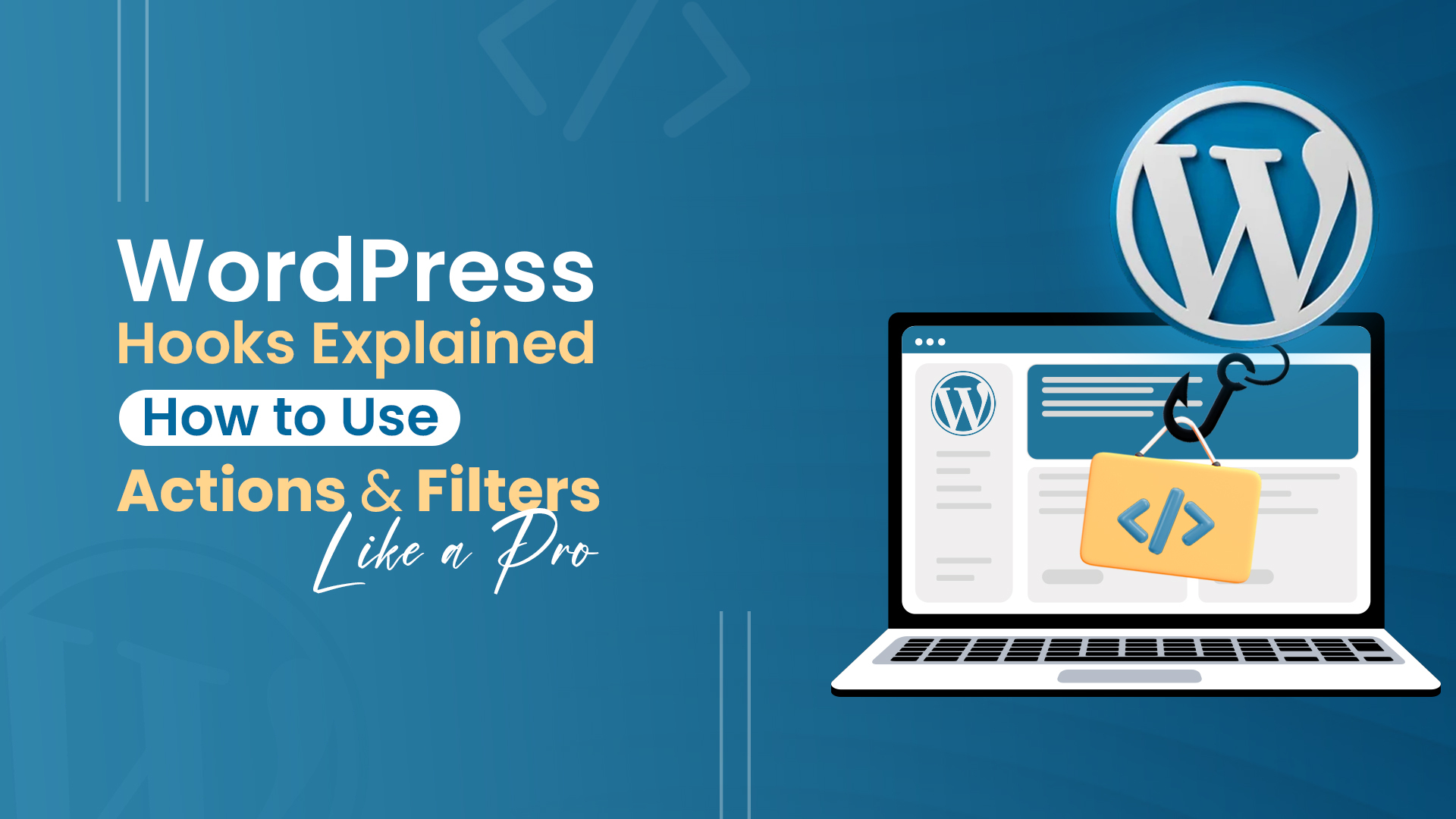We’ve all been there: you launch a paid ad campaign, pour in your budget, and wait with high hopes. But when you check the results, the numbers don’t add up. The ads aren’t converting. The leads aren’t coming through. You’re left wondering, Why aren’t my ads working? It’s frustrating, especially after spending valuable time and money.
Paid ads can be a game-changer, but only when executed correctly. The reality is, many businesses make simple yet costly mistakes that leave their ad campaigns floundering. But don’t worry, this post is here to help. We’ll explore why your ads may not be performing and provide actionable solutions to turn your campaigns around.
Why Ads Fail: It’s Not Just About the Money
Let’s get one thing clear: paid ads often fail not because the platform is ineffective, but because the execution is lacking. Many businesses assume that simply investing in ads will lead to results, but in reality, that’s just the beginning. Effective ads require a thoughtful approach—targeting the right audience, crafting compelling creatives, optimizing your landing pages, and tracking performance.
Paid advertising is a long-term game, and if you’re expecting instant results, you might be disappointed. But don’t give up just yet, there are solutions, and we’ll dig into those shortly.
Five Reasons Your Paid Ads Are Missing the Mark
Sometimes, the simplest mistakes can make a huge impact. Here are five common reasons why your paid ads might not be delivering the results you’re hoping for:
– Targeting the Wrong Audience: One of the biggest mistakes is targeting an audience that isn’t aligned with your product or service. Without accurate audience segmentation, your ads are reaching the wrong people, resulting in wasted impressions and low conversions. The key is to know who your customers are, where they spend their time online, and what resonates with them.
– Weak Ad Creative: Ads that don’t catch attention are doomed to fail. Whether it’s boring visuals or a lack of a clear call to action, your creative needs to spark curiosity. It’s not just about looking good, it’s about speaking directly to your audience’s needs and desires.
– Landing Page Disconnect: You’ve nailed your ad copy and creative, but when users click through, they land on a page that feels irrelevant or poorly optimized. This creates a frustrating experience and often leads to a high bounce rate. Make sure your landing page aligns with the messaging in your ad and is optimized for conversions.
– Ineffective Budgeting: Many businesses fail to allocate their budget wisely. Running underfunded ads can severely limit their reach and effectiveness. Setting the right budget for each platform and campaign is essential, especially when testing new strategies.
– Lack of Testing: If you’re running the same ad over and over without testing variations, you’re missing out. Experimenting with different creatives, ad formats, and messages is crucial to discovering what works best. Don’t let your ads run blindly, test and adjust based on performance.
Moving Forward: Turning Your Ads Around
Now that we’ve covered why your ads might not be working, let’s talk about how to fix them. Here are a few actionable tips to get your paid ads back on track:
- Refine Your Audience: Spend time researching your audience. Use the platform’s tools (like Facebook Audience Insights or Google’s Keyword Planner) to build accurate audience segments. Understanding your audience is the first step to crafting an effective ad campaign.
- Enhance Your Ad Creative: Make sure your visuals and copy resonate with your audience’s pain points and desires. Don’t be afraid to stand out—use bold colors, catchy headlines, and strong calls to action.
- Optimize Your Landing Page: Ensure your landing page is relevant to the ad. It should load quickly, match the messaging, and have a clear path to conversion.
- Set a Realistic Budget: Allocate your budget based on expected returns. If you’re testing new campaigns, don’t go all-in right away. Instead, start small, monitor results, and scale up.
- Test and Track: Use A/B testing to experiment with different ad formats and messages. Keep an eye on your metrics—click-through rate, conversion rate, and return on ad spend (ROAS)—to adjust your campaigns in real time.
How to Turn Your Paid Ads Into Sales-Driving Powerhouses
So, your paid ads aren’t performing as expected. The clicks are low, conversions are even lower, and the ROI is just not where you want it to be. What now? It’s time to make some adjustments. This section will guide you through actionable steps to turn your ads into real sales-driving machines. Let’s break it down, step by step.
Step 1: Reassess Your Audience
A key reason ads fail is because they’re shown to the wrong people. It’s not enough to simply guess who your audience is—you need to know exactly who they are and where they spend their time online.
To refine your target audience, leverage tools like Facebook Audience Insights or Google Ads Manager. These platforms allow you to drill down and target very specific user segments, from age and gender to interests and behavior.
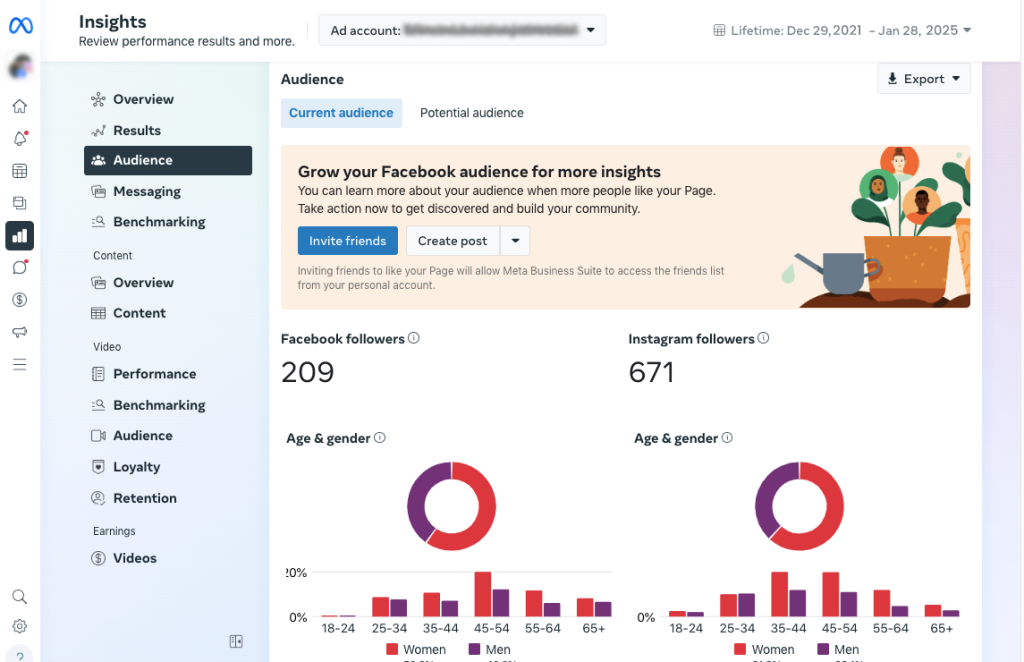
Understanding where your audience spends time is also crucial. Are they browsing Facebook? Searching on Google? Watching videos on YouTube? Understanding these behaviors will help you focus your efforts on the right platforms, increasing the chances of reaching the right eyes with your ads.
Step 2: Craft Irresistible Ad Creative
You can’t just slap any old text or image together and expect people to engage. In today’s crowded online space, you need to create visually compelling ads that grab attention instantly.
Consider using video ads over static images. According to recent data, video ads are 80% more likely to be shared than static images. Video captures attention quickly and keeps users engaged, making it one of the most powerful tools in your ad arsenal.
Your ad copy also plays a crucial role. Keep it short, punchy, and direct. A compelling call to action (CTA) should tell users exactly what to do next, whether it’s “Shop Now,” “Learn More,” or “Get Started.”
For instance, a fitness brand might use a vibrant image of a person using their product, paired with copy like, “Transform your workouts today with our premium fitness gear—Shop Now!”
Step 3: Optimizing Your Landing Pages
Once you’ve created a strong ad, it’s essential that the experience doesn’t stop when the user clicks. The landing page must align perfectly with the promise of your ad.
When users land on a page that doesn’t match the ad they clicked on, bounce rates increase, and you lose conversions. To fix this, make sure your landing page:
– Loads fast (ideally in under 3 seconds)
– Has clear navigation and keeps users focused on a single goal (e.g., signing up for a trial or purchasing a product)
– Matches the messaging and visuals of your ad, reinforcing what was promised
For example, if your ad promotes a 30-day free trial, your landing page should highlight that offer with a simple sign-up form and testimonials from happy users.
Step 4: Set a Smart Budget and Bidding Strategy
Now that your audience is targeted, and your ad creative and landing page are optimized, it’s time to talk about budgeting and bidding.
Adjust your ad budget based on how well your ads are performing. If a particular ad set is yielding great results, allocate more of your budget to that. Conversely, pause underperforming campaigns to avoid wasting money.
When it comes to bidding, consider strategies like Cost Per Acquisition (CPA) or Return on Ad Spend (ROAS). For instance, if your goal is to get conversions, CPA bidding will help you focus on getting the lowest cost per acquisition. Alternatively, ROAS bidding ensures you’re spending more when the likelihood of getting high returns is high.
Step 5: Track, Test, and Tweak
One of the most critical steps in running paid ads is constant monitoring and testing. You can’t just set your ads and forget them. Use A/B testing to experiment with different creatives, audiences, and landing pages. Over time, you’ll find what works best for your audience.
Key metrics to track include:
– Click-Through Rate (CTR): How many people clicked on your ad vs. how many saw it.
– Conversion Rate: How many people took the desired action after clicking on the ad.
– Cost per Click (CPC) and Cost per Acquisition (CPA): These help you gauge if you’re spending wisely.

Tools like Google Analytics and Facebook Ads Manager allow you to track performance, identify trends, and refine your approach.
Set Realistic Expectations
Paid ads are often seen as a quick fix to boost sales or generate leads. However, the reality is far from instantaneous results. Ads go through a learning phase where platforms like Facebook and Google optimize delivery based on user interaction. During this period, ad performance may not reflect your expectations.
It’s essential to set realistic expectations. For instance, if you’re running Facebook Ads, it usually takes about two weeks to start seeing reliable results, while Google Ads can take up to four weeks. The key is to understand that ads need time to gain traction and reach the right audience. Consistency and patience are your best friends in this process.
Are Your Ads Really Performing?
Once your ads are live, how do you know if they’re working? Measuring performance is crucial for determining the effectiveness of your campaigns. The metrics you need to pay attention to are:
| Click-Through Rate (CTR) | This tells you how many people are clicking on your ad. A higher CTR means your ad is compelling enough to prompt action. |
| Cost per Click (CPC) | This helps you understand how much you’re paying each time someone clicks on your ad. |
| Cost per Acquisition (CPA) | This is an essential metric for tracking the cost of gaining a customer through your ad. |
| Conversion Rate | This shows you how many people actually completed the desired action after clicking on your ad (e.g., purchasing a product or signing up for a service). |
Regularly monitoring these metrics helps you determine if your ads are on track. If the results aren’t meeting your expectations, tweak your targeting, creatives, or landing pages. A/B testing can help you refine your strategy and improve performance.
Advanced Strategies To Take Your Ads to the Next Level
After you’ve got the basics of paid ads down, it’s time to take things up a notch. Here are some advanced strategies that can help you boost ad performance and increase conversions:
– Retargeting: Retargeting ads are a powerful way to bring back lost leads. You can target people who visited your website but didn’t complete a purchase or action, offering them an incentive to come back and finish what they started.
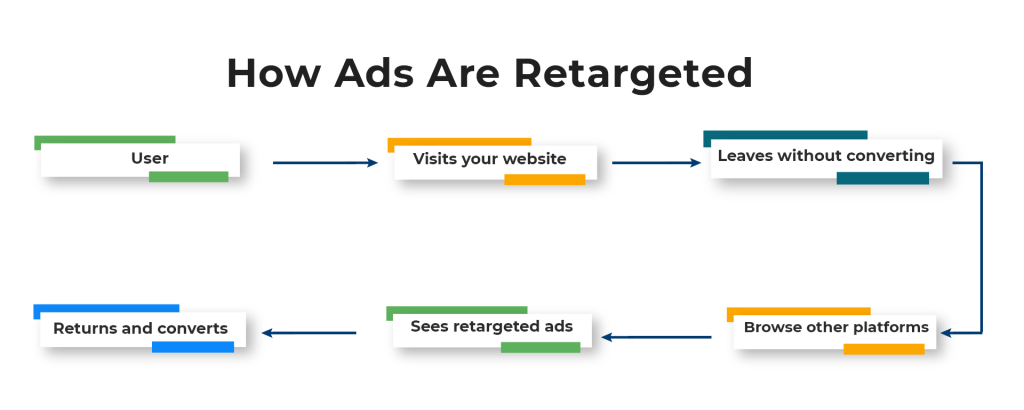
– Leveraging Social Proof: Customer reviews, testimonials, and user-generated content are incredibly effective in building trust. When your audience sees that others have had a positive experience, they’re more likely to take the next step and convert. Use social proof in your ads to show that others believe in your product or service.
– Geo-Targeting: Not all ads need to reach a global audience. Geo-targeting allows you to refine your reach and tailor messages to specific locations. This is especially useful for businesses with physical locations or regional offers. Customizing your ad’s messaging based on geographic location can significantly improve engagement and conversion rates.
Wrap-Up
Turning underperforming ads into successful campaigns isn’t an overnight transformation, but with the right approach, it’s entirely achievable. By reassessing your audience, enhancing your ad creatives, optimizing your landing pages, and making data-driven decisions, you can ensure your ads work harder for you.
Patience is essential—paid ads need time to go through the learning phase and start generating results. The key is consistency and continuous optimization. Remember, it’s all about testing, tweaking, and tracking to improve your campaigns over time.
Stay focused, track your progress, and soon enough, you’ll see your paid ads delivering the results you’ve been waiting for.
